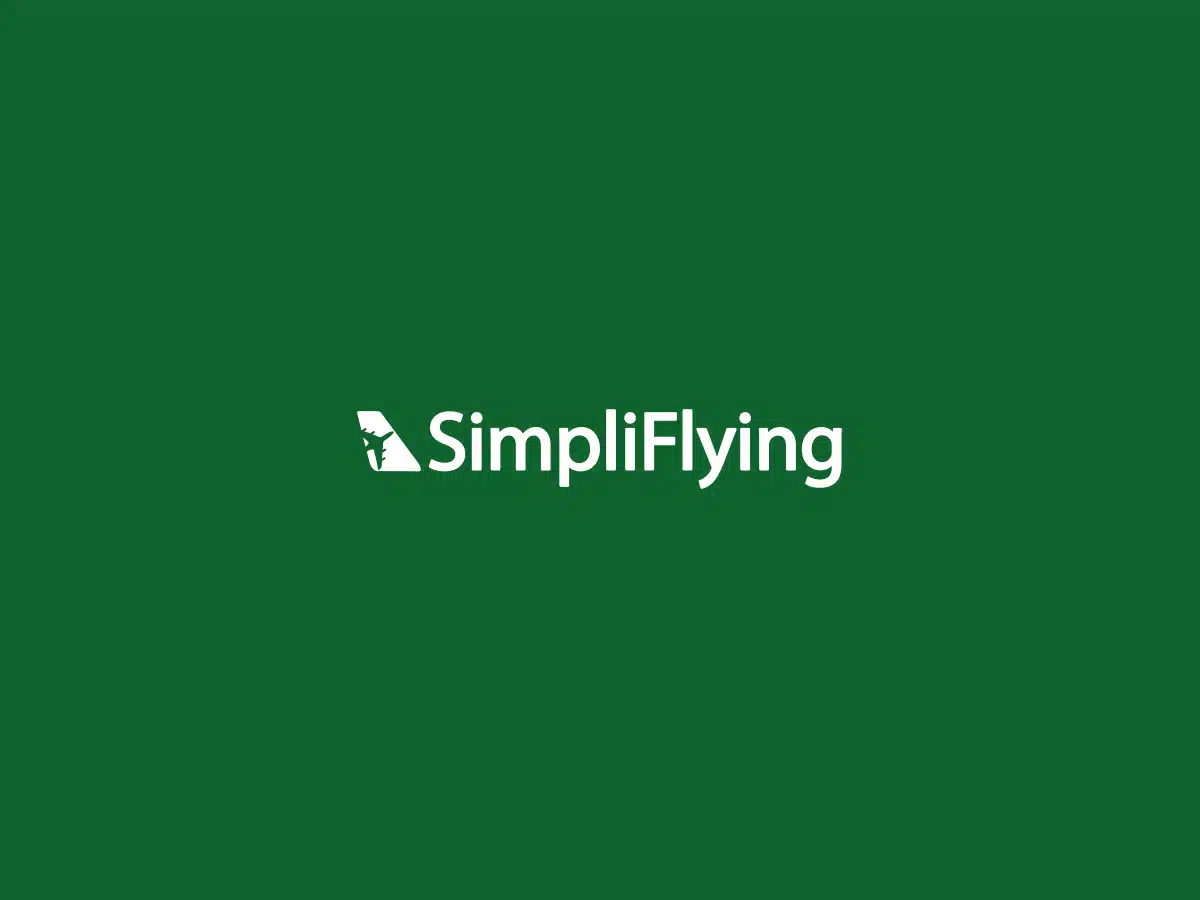Lessons from a cafe in Argentina
In my keynote speeches, I like to share the example of a cafe in Argentina that was in a dilemma about whether to charge for wifi or not. They had the option of charging for wifi, giving it free for a while then charging for it or not charging Instead of going down the conventional route, they did something different.
The cafe finally did something that’s called “flip-thinking”, in which they now give you free-flow coffee, and you pay by the hour for being in the cafe and using their “free wi-fi” and power outlets.
There are lessons here to be learnt for airlines from Urban Station, I’d highly encourage you to check them out next time you’re in Buenos Aires.
The challenge of making revenues from in-flight wifi
The recent IPO filing by in-flight wifi provider shows an abysmal usage rate of less than 5%. That means out of 100 passengers on a flight who have access to wifi, only 5 pay to log on. Typically, wifi costs $12.95 for a 24 hour period on Gogo.
At this adoption rate, despite the growth, it may take decades before airlines are able to recoup their investment of equipping their aircraft with wifi, which can range from $100,000 to $800,000 depending on the plane type. Which totally doesn’t seem sustainable commercially.
Learning from airports
To make in-flight wifi commercially viable, airlines need not look farther out than airports. Since Toronto Pearson Airport made wifi available free of charge, as opposed to a minimal fee, usage has jumped ten-fold! Las Vegas Airport officials carry around badges at conferences that say “Free-fi is in”, a testament to the fact that giving free wifi has worked well for them. So to begin with, consumers shouldn’t have to pay for wifi.
An increase in the number of users in-flight would give rise to the “walled-garden” effect, which we had discussed recently. The captive customer, who is connected to the internet while in the air for 7-20 hours is a treasure trove for marketers. And there are multiple revenue opportunities here – from advertising on the landing page, to getting a commission on purchases the customers make while in-flight. The sky is the limit (pun intended!).
The WhatsApp Revenue model – get them hooked!
One of the potential reasons for the low wifi adoption rate in-flight is that people don’t miss it enough. They don’t see the need for it yet, since most of them have never been exposed to the benefits.
How about getting airlines and airports to follow the sort of business model WhatsApp follows – which is like a Blackberry Messenger for other smartphones. The mobile app is free for the first year and charges a minimal fee from the second year onwards. The crux is that the free model upfront it’s driving membership and then earning huge revenues simply by dint of the volumes they gained.
Once you make people realize that internet can be had on board a plane and make it indispensable for most of them, I’m sure they’d eventually be willing to pay a reasonable amount to ensure that their “habit” (of using net on the plane) doesn’t have to be modified.
Certainly food for thought and opportunities galore. I’m sure we’ll see a lot of innovation in this space in 2012 from airlines, as wifi becomes mainstream. Who else do you think airlines can learn from in their pursuit?
A detailed analysis of the business models follows in the next print edition of APEX Experience magazine.

